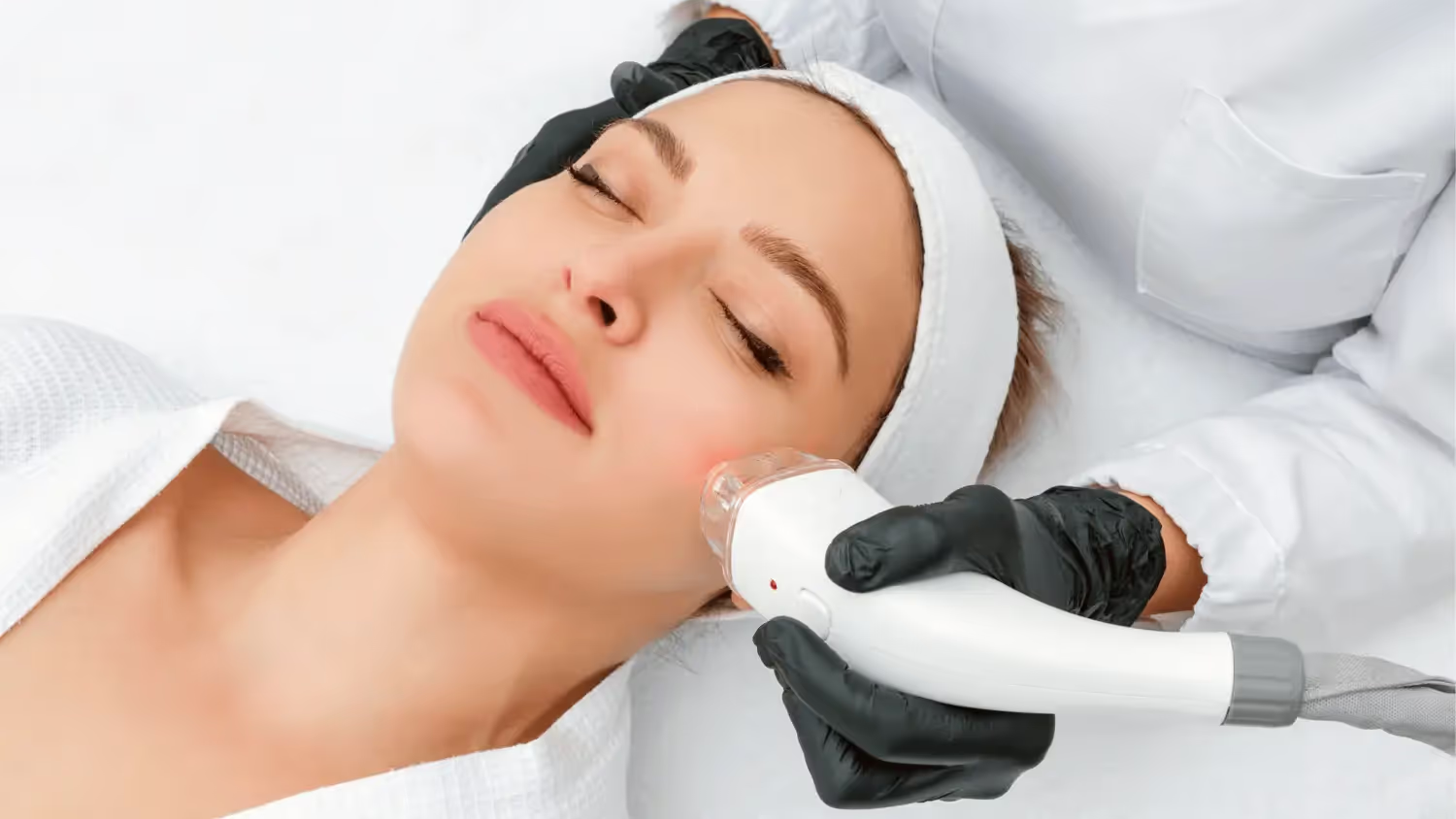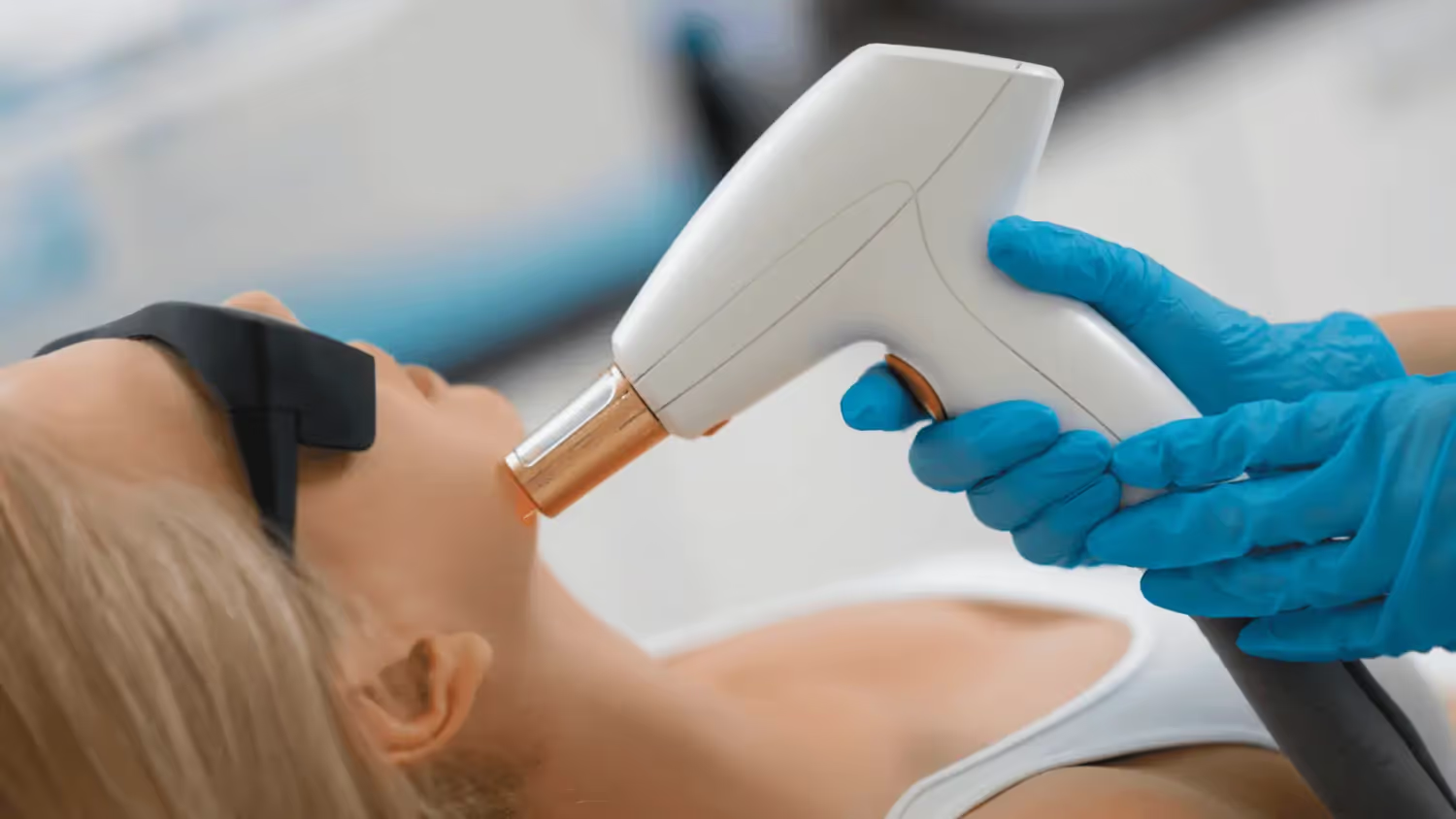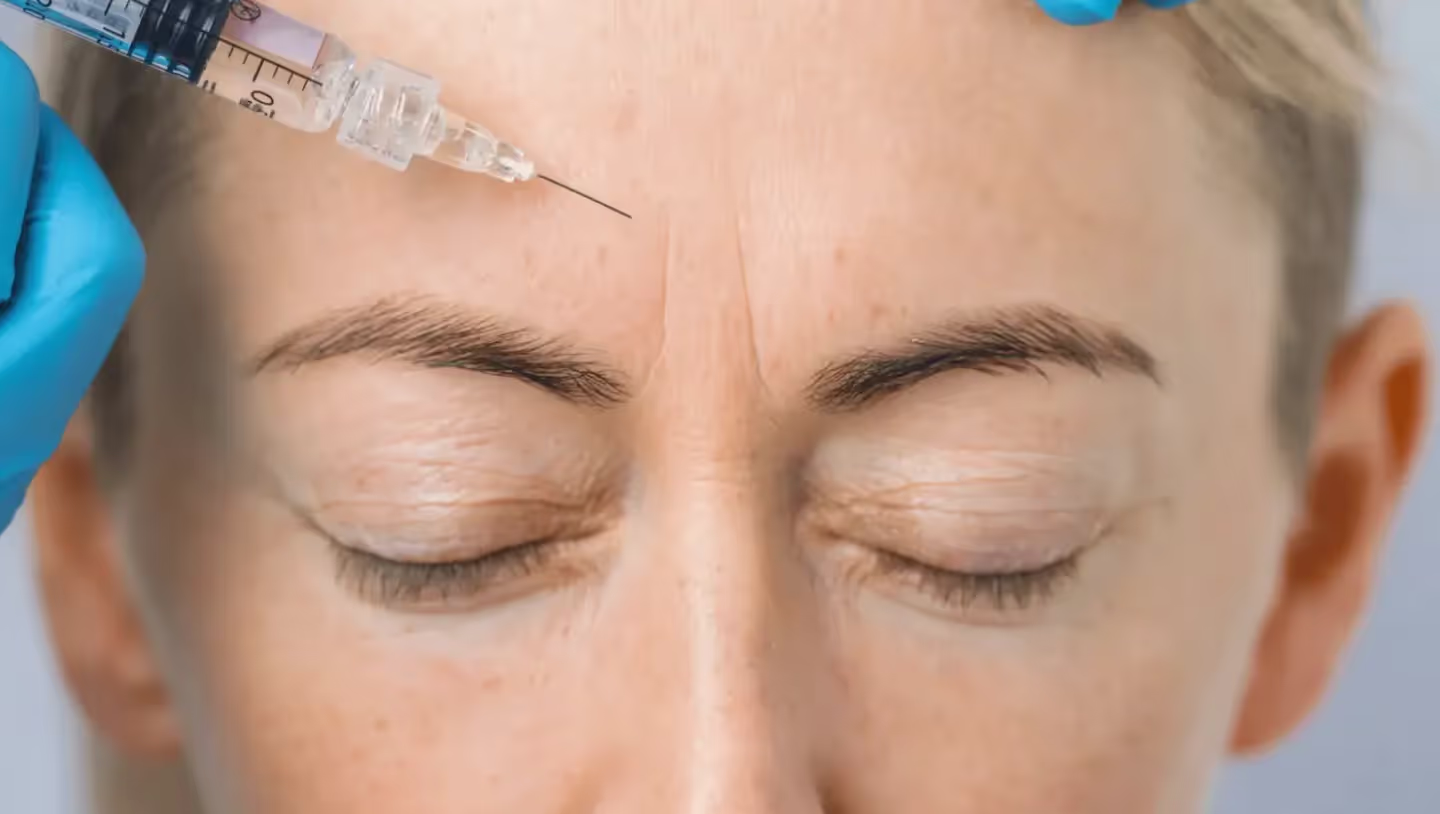Laser skin resurfacing is a popular cosmetic procedure that can help improve the appearance of the skin and address a variety of skin concerns. As a med spa owner, it's important to understand the benefits of this treatment and how it can be used to help your clients achieve the results they desire. By the end of the article, you'll have a better understanding of laser skin resurfacing and how it can benefit both you and your clients.
Laser resurfacing is rapidly becoming a preferred choice in medical spas and aesthetic clinics worldwide thanks to the glowing reviews, readily available before and after photos, and almost daily celebrity endorsements of this technology on social media platforms.
According to the American Society of Plastic Surgeons, laser resurfacing procedures ballooned an astonishing 248% from 2000 to 2018—leaping from 170,951 up to 600,000!
As any savvy business owner would, you may want to capitalize on this trend and are likely wondering what is involved in offering laser skin resurfacing treatments in your med spa. In this article, we'll detail what laser skin resurfacing is, the different forms of laser treatments available, its effects on patients, and how lucrative this therapy can be.
What is laser skin resurfacing?
Laser skin resurfacing is a cosmetic procedure that uses a laser to remove the outer layers of the skin, stimulating the production of collagen and new skin cells. The process can improve the appearance of fine lines and wrinkles, sun damage, age spots, and scarring and can treat precancerous skin growths.
Other popular names for this procedure include:
- Laser peel
- Lasabrasion
- Laser vaporization
There are different types of laser skin resurfacing, including ablative and non-ablative, which vary in terms of the intensity of the laser used and the level of invasiveness.
Ablative vs. non-ablative laser skin treatment
Depending on the client's needs, a medical director or dermatologist may recommend either an ablative or a non-ablative laser treatment.
Ablative laser treatments work by directing short, concentrated beams of light (laser), which destroy the outer layers of the skin while simultaneously heating the lower layers to stimulate collagen formation. These treatments may require sedation or local anesthetic injections to keep a client comfortable during the procedure.
Types of ablative laser treatments include carbon dioxide (CO2) laser and erbium laser.
Non-ablative laser, also called "light source," induces collagen formation by heating the skin without injuring its outer layers. It generally has a faster recovery time than an ablative process and causes little to no pain, with topical numbing creams being enough to manage the discomfort.
Examples of this treatment include erbium glass, neodymium:YAG (Nd:YAG), pulsed-dye light, and intense pulsed light (IPL) therapy.
What is fractional laser treatment?
The fractional laser delivers laser light in narrow columns, selectively targeting small areas of skin vs whole patches of skin. This allows the skin to heal faster, letting a person return to regular activities within five to 10 days, depending on the treatment intensity.
Experts use fractional lasers to deliver both ablative and non-ablative treatments. For example, Fraxel® Restore and Fraxel® Dual are non-ablative, while Fraxel® re:pair is ablative.
Which conditions can laser skin resurfacing treat?

This skin rejuvenation procedure can help improve the appearance of the skin and treat skin concerns not treatable by over-the-counter (OTC) products. These include:
- fine lines and wrinkles
- sun-damaged skin
- aged skin
- skin tone and complexion problems
- warts
- scars from illness like chickenpox
- acne scars
- non-responsive skin after a facelift
- birthmarks
- enlarged pores and oil glands
How long does laser skin resurfacing last?
Results vary depending on the severity of the skin concern and the procedure done. Ablative lasers can correct issues in just one session, while non-ablative treatments may need multiple sessions to produce desired results.
Patients should see improvements for up to a year, and the effects tend to last for many years. However, the normal aging process will continue over time, but patients can receive follow-up treatments to extend the results and slow the signs of aging.
How many laser skin resurfacing sessions does a patient need?
The number of laser skin resurfacing sessions a person needs depends on the particular skin concern and the type of laser treatment used.
Most patients need one to three treatments depending on the type of concern and areas treated. Some problems, like acne scars, generally require more treatment sessions.
Who can perform laser skin resurfacing?
Board-certified cosmetic surgeons and dermatologists trained to perform laser therapies can perform ablative laser treatments. Depending on the state, they can delegate non-physician staff like nurse practitioners (NPs), registered nurses (RNs), and physician assistants (PAs) to perform these procedures.
Many states allow aestheticians to perform laser procedures under the supervision of a physician as long as they have taken further training and secured certification to accompany their aesthetician license.
Some states, like New Jersey and California, consider laser treatments medical procedures and prohibit aestheticians from performing laser skin resurfacing treatments.
What is Aesthetic Nursing & How do I Become an Aesthetic Nurse?
Is laser skin resurfacing lucrative?
An average cosmetic laser machine costs from $50,000 to $250,000.
According to the American Society of Plastic Surgeons (ASPS), the average cost of a laser skin resurfacing session ranges from $1,400 to $2,500, depending on the type of treatment.
Since laser treatment sessions typically last for 30 minutes, depending on the area targeted and type of treatment, the potential revenue per hour ranges from $2,800 to $5,000. This can mean a total return on investment (ROI) after anywhere from 10 to 100 hours of device use.
In summary
Laser skin resurfacing is a widely used and highly successful procedure that can treat many skin concerns, including fine lines, wrinkles, sun damage, and acne scars. It is noted for its positive client satisfaction and ability to generate repeat customers.
Adding laser treatment to your services allows you to easily differentiate yourself from the competition while enjoying a rapid ROI with long-lasting results!
While it's true that finding an already popular treatment can significantly help with your med spa's success, it takes more than that to build a successful business. Moxie can help you build your business, design your menu and pricing, improve your brand and more! Learn More About Moxie and How We Work >
*This article is intended to provide a general guide on what professional licenses and conditions are needed to operate a practice or perform certain treatments. This information alone does not authorize, certify, or confer the ability of anyone to perform these treatments, practice outside their scope, or violate the corporate practice of medicine.
While based on currently available information, the rules and policies on scope of practice issues and ownership can, and do, change frequently. Specific training, education, supervision, protocol and regulatory requirements will differ depending on each person's situation in their state. Therefore, each person must examine their own professional situation, skill level, regulating board guidance, and scope of practice before proceeding.
You should not act upon this information without seeking knowledgeable legal counsel that takes into account the laws of your specific jurisdiction. All uses of the content of this site, other than personal uses, are prohibited.
When you're ready to take the next step in launching or growing your aesthetic practice, here are 3 ways Moxie can help:



.webp)
